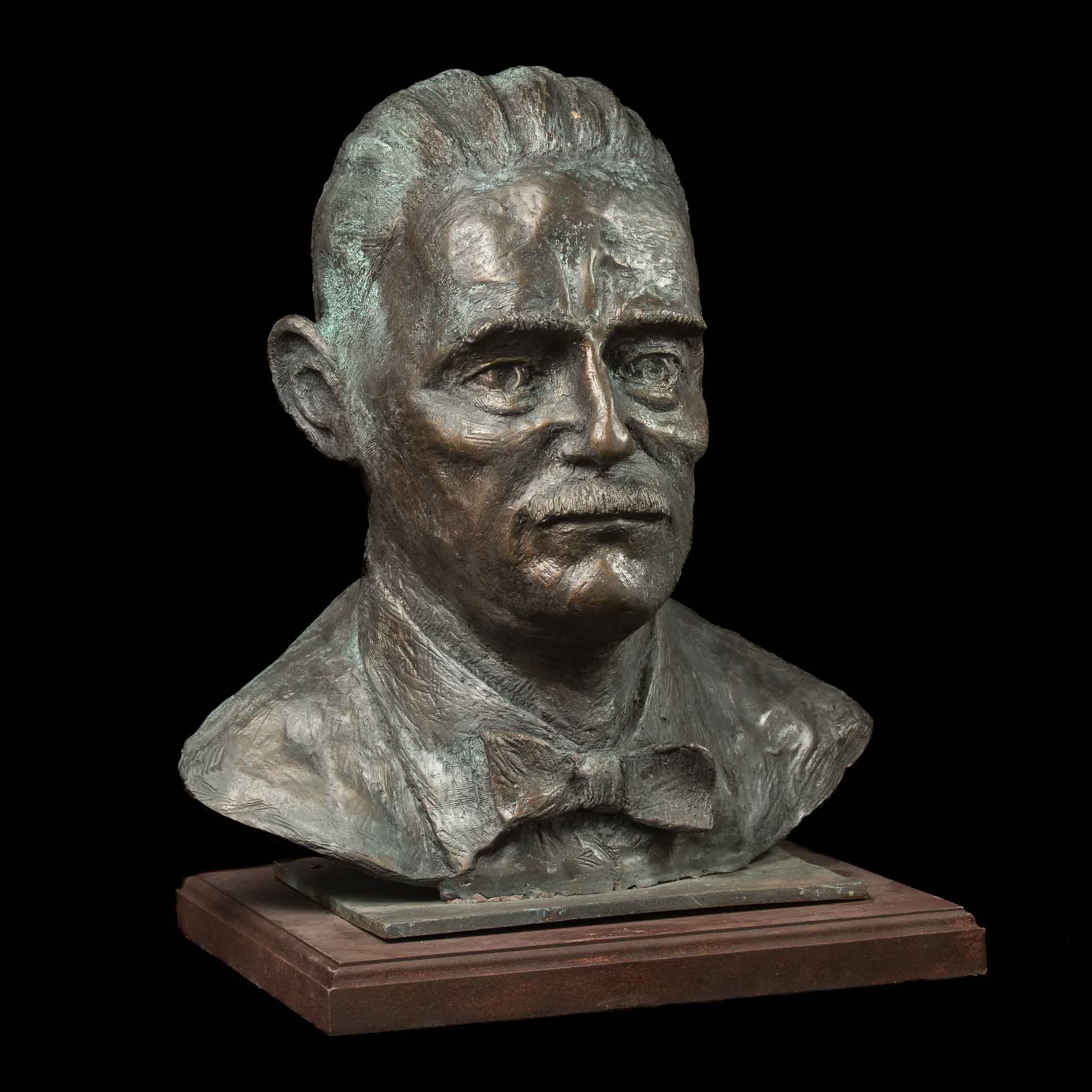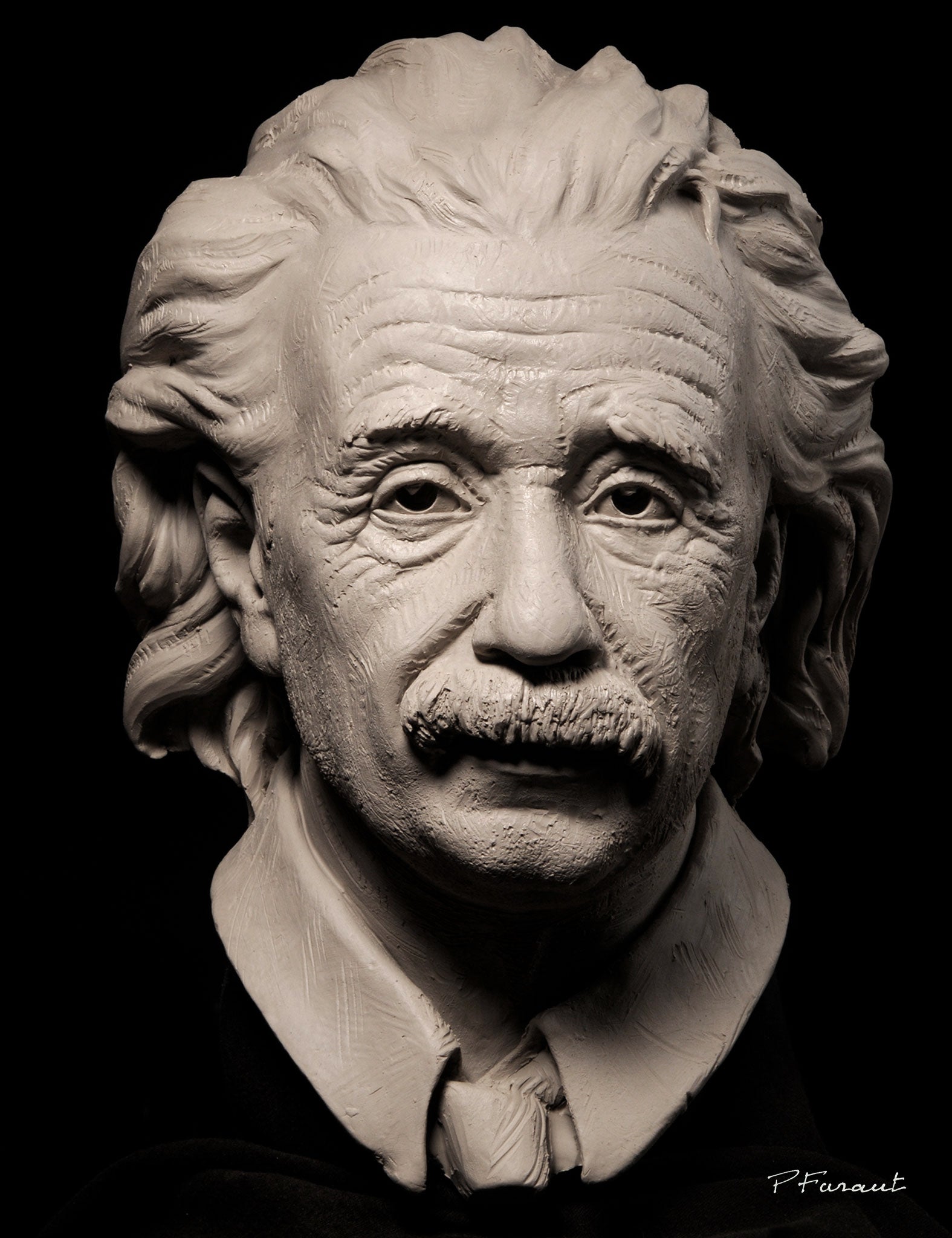Contemporary Marvels: Dive into the Globe of Contemporary Sculptures
Wiki Article
The Advancement of Sculptures: From Ancient to Modern
The Evolution of Sculptures: From Old to Modern.Sculpture, among the earliest types of art, has actually been an integral component of human world for millennia (Robert C Hitchcock Sculptor). From the ancient human beings of Egypt and Greece to the contemporary period, sculptures have actually evolved, reflecting adjustments in artistic techniques, materials, and cultural impacts. This trip via time traces the growth of sculptures, checking out the changes stylishly, subject, and creative expression
Beginning with the ancient world, sculptures crafted from rock and later bronze recorded the significance of deities, leaders, and day-to-day life. The Renaissance duration experienced a revival of classical sculpting methods, as musicians sought to emulate the graceful types of old Greek and Roman sculptures. In the contemporary era, artists tested conventional limits, welcoming abstraction and testing with new products.

This expedition will certainly dive right into the diverse advancement of sculptures, disclosing the abundant tapestry of artistic expression throughout different periods and societies.
Ancient Sculptures: From Stone to Bronze
Old sculptures transitioned from being sculpted out of stone to being cast in bronze. This shift marked a significant evolution in the art of sculpture, allowing for better improvement and information in the finished jobs. Stone sculptures, while outstanding in their very own right, were restricted by the nature of the material. Stone required considerable sculpting and shaping, usually leading to a much more simplified depiction of the topic.The introduction of bronze as a medium for sculptures caused a change in artistic expression. Bronze offered sculptors the possibility to create lifelike and elaborate kinds that were not possible with stone. The procedure of casting bronze enabled the creation of multiple duplicates of a sculpture, enabling larger distribution and preservation of these artistic masterpieces.
The shift from rock to bronze likewise saw a shift in the subject issue of sculptures. While stone sculptures mainly portrayed gods, goddesses, and mythological numbers, bronze sculptures began to mirror a wider series of topics, consisting of day-to-day individuals and animals. This development of topic showcased the versatility and flexibility of the bronze tool.
Renaissance Resurgence: Forming in the Classical Style
The Renaissance resurgence of sculpture saw a renewal in the timeless style, building upon the advancements made during the transition from stone to bronze in old sculptures. Throughout this period, musicians sought to recreate the timeless visual and perfects of elegance that were widespread in old Greek and Roman sculptures.One of the vital attributes of the Renaissance resurgence was the emphasis on naturalism and the human type. Sculptors like Donatello and Michelangelo make every effort to catch the physiological information and expressions of their subjects with unmatched precision. They studied the human body and integrated their monitorings right into their sculptures, resulting in natural and sensible representations.
Another important facet of the Renaissance revival was the expedition of perspective and deepness. Artists made use of strategies such as contrapposto, where the weight of the body is shifted away, developing a sense of motion and dynamism. They additionally explore various materials, including marble and bronze, to attain a degree of refinement and details in their sculptures.
The classic style of the Renaissance rebirth had an extensive impact on later durations of art, working as a structure for the development of Western sculpture. It brought a restored gratitude for the beauty and grandeur of the human form, and its tradition can still be seen in contemporary sculptures today.
Modernism and the Avant-Garde: Damaging Traditional Boundaries

Among the key characteristics of modernist sculpture was the focus on abstraction. Carvers moved far from realistic representations and instead concentrated on recording the significance of the topic with streamlined kinds and geometric forms. This departure from traditional depiction permitted musicians to express their emotions and ideas in a more subjective and individual fashion.
Additionally, the avant-garde movement tested social standards and conventions, encouraging artists to experiment and push the limits of their art - Contemporary Sculptures. Sculptors began including unconventional products such as found things, industrial products, and also all-natural elements right into their job. This exploration of brand-new materials and strategies not only expanded the possibilities for sculpture yet likewise tested the typical notions of what can be thought about art
Contemporary Sculptures: Discovering New Products and Concepts
With a focus on discovering brand-new products and principles, contemporary sculptures have actually transformed the field of art. Artists today are pressing the borders of standard sculpture by utilizing cutting-edge materials and trying out with abstract ideas. These sculptures test traditional ideas of significance, materiality, and type, inviting viewers to involve in a new and provocative artistic experience.Contemporary sculptors are accepting a large range of products, consisting of plastic, glass, metal, and even organic issue. Contemporary Sculptures. They are not limited to the standard tool of rock or clay, permitting better flexibility of expression and trial and error. This change towards non-traditional products has opened up brand-new opportunities for artists to develop sculptures that are vibrant, interactive, and aesthetically striking
In enhancement to exploring brand-new products, contemporary sculptures likewise look into complex and abstract ideas. Musicians are currently discovering motifs such as identity, social issues, and the setting, utilizing sculpture as an effective tool for social commentary and introspection. These sculptures test visitors to assume critically and engage with art on a deeper level, triggering discussions and provoking emotional responses.
International Impacts: Sculptural Traditions From Around the Globe

In ancient Egypt, sculptures were created mainly for spiritual and funerary objectives. The renowned sculptures of pharaohs and gods, such as the Great Sphinx and the bust of Queen Nefertiti, display the Egyptians' proficiency of stone sculpting and their idea in the immortality.
In ancient Greece, sculpture reached its optimal throughout the classic period. Influenced by the ideals of proportion, consistency, and appeal, Greek sculptures stressed the human kind and commemorated the achievements of heroes, professional athletes, and gods. The well-known sculptures of Aphrodite of Knidos and the Discobolus exemplify the Greeks' search of excellence in sculptural art.
In old Rome, sculpture special info offered both creative and political functions. Equine Sculptures. Roman sculptures often portrayed emperors, generals, and mythical figures, showing the power and grandeur of the realm. The marble statue of Augustus of Prima Porta and the monumental Arch of Constantine are significant instances of Roman sculptural accomplishments
Oriental sculptural practices, specifically in India, China, and Japan, have also had an extensive influence on the advancement of sculptures. Indian sculptures, such as the intricately carved temples of Khajuraho and the enormous statues of Buddha, exhibit an abundant fusion of spiritual, mythical, and building components. Chinese sculptures, characterized by their fine craftsmanship and attention to information, often represent deities, animals, and famous figures. Japanese sculptures, affected by Buddhism, highlight simpleness and harmony, seen in the serene sculptures of Buddha and the sophisticated art of bonsai.
The global impacts on sculpture proceed to progress in the contemporary age. As we look to the future, it is particular that the global influences on sculpture will certainly continue to form and redefine this old art kind.
Conclusion
To conclude, the evolution of sculptures has seen a shift from old stone and bronze works to the timeless rebirth throughout the Renaissance. This was complied with by the breaking of traditional boundaries through innovation and the avant-garde movement. Today, contemporary sculptures discover brand-new products and concepts, while additionally drawing inspiration from worldwide sculptural traditions. The trip of sculptures reflects the ever-changing creative expressions and cultural impacts throughout background.From the ancient civilizations of Egypt and Greece to the contemporary age, sculptures have actually advanced, showing modifications in artistic techniques, materials, and social influences.Beginning with the old world, sculptures crafted from rock and later on bronze recorded the essence of deities, rulers, and day-to-day life.Ancient sculptures transitioned from being carved out of rock to being cast in bronze. While stone sculptures primarily illustrated gods, sirens, and mythical numbers, bronze sculptures started to reflect a broader variety of subjects, including day-to-day people and pets.In verdict, the advancement of sculptures has seen a shift from ancient stone and bronze functions to the timeless rebirth during the Renaissance.
Report this wiki page